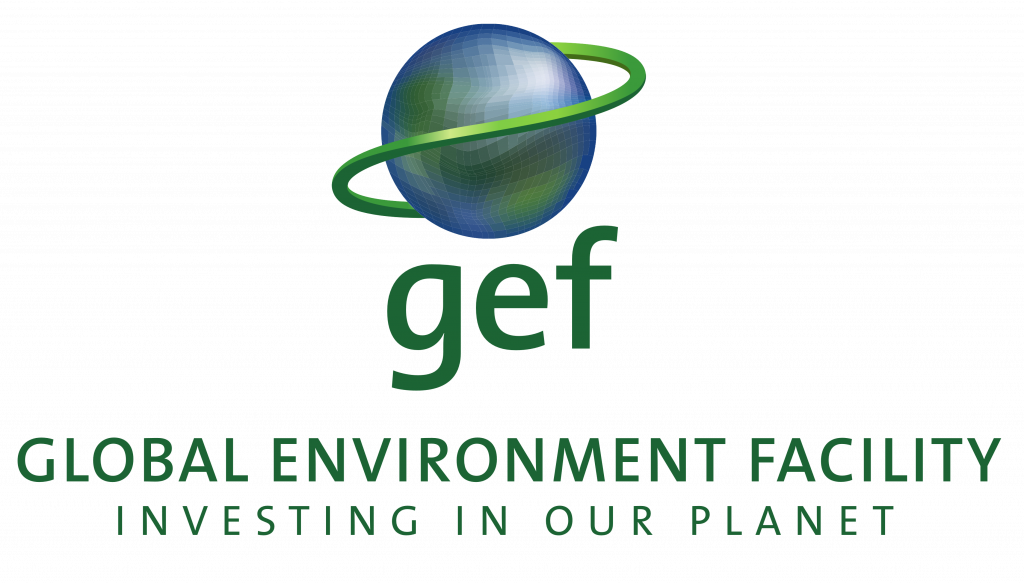Overview of Climate Change
The World’s Response to Climate Change
In 1979, the first World Climate Conference identified climate change as an urgent world problem and issued a declaration calling on governments to anticipate and guard against potential climate hazards. In 1992, the United Nations Framework Convention on Climate Change (UNFCCC) was formed with the aim to stabilize greenhouse gases (GHGs) in the atmosphere at a level that would prevent dangerous anthropogenic interference with the climate system. The Framework sets no binding limits on greenhouse gases and contains no enforcement mechanisms. Parties to the Convention have since met on an annual basis through the Conference of the Parties (COP) and take key decisions aimed at advancing effective implementation of the UNFCCC.

In 1995, Parties to UNFCCC established the Kyoto Protocol (KP). KP set binding targets on developed country parties to reduce GHGs by at least 5% of their 1990 levels between 2008 – 2012 (the first commitment period). The KP entered into force in 1997. The second commitment period ran from 2013 – 2020 and was based on the Doha Amendment to the Protocol.
In 2011, Parties adopted the Durban Platform for Enhanced Action (DP). Parties agreed to develop a protocol, another legal instrument or an agreed outcome with legal force under the Convention applicable to all Parties. The Paris Agreement (PA) was adopted by consensus in 2015 by all 196 Parties to the Convention with the aim of limiting global warming to less than 2 degree celcius and pursue efforts to limit the rise to degree Celsius. The PA entered into force on November 4, 2016.
Other key decisions taken during COPs to further commitments by Parties include Bali Action Plan (2007), Copenhagen Accord (2009), Cancun Agreements (2010), Warsaw International Mechanism on Loss and Damage (2013), Warsaw Gender Action Plan (2013).




